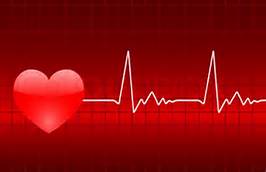CRP, LDL Cholesterol, and Lipoprotein(a) Levels Predictive of CVD
A single combined measure of high-sensitivity C-reactive protein (CRP), low-density lipoprotein (LDL) cholesterol, and lipoprotein(a) levels among initially healthy U.S. women predicted incident cardiovascular events over a 30-year period. High-sensitivity CRP, LDL cholesterol, and lipoprotein(a) levels were measured at baseline in 27,939 healthy U.S. women with mean age of 54.7 […]
